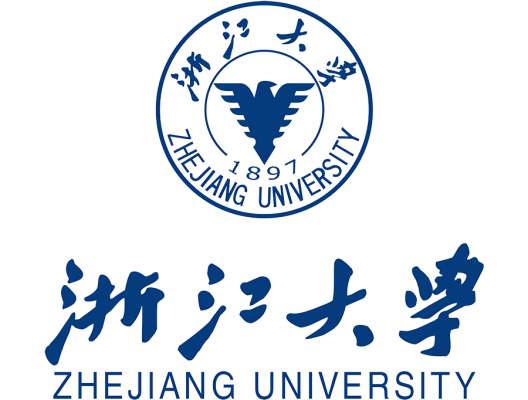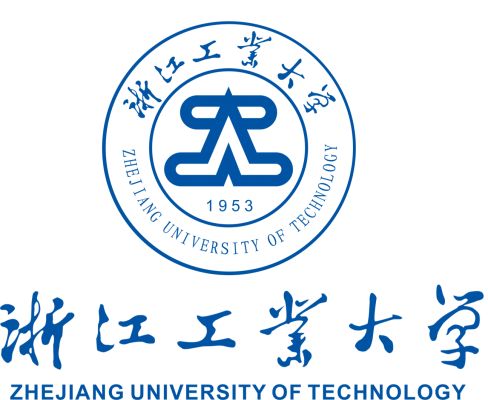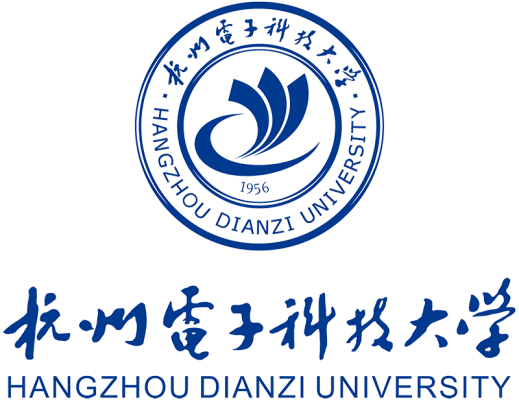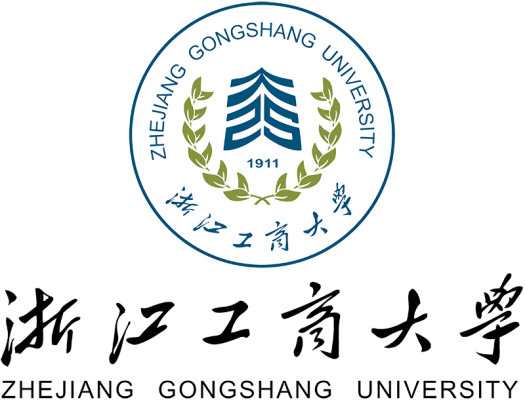
Biography: Zhisheng Niu graduated from Beijing Jiaotong University, China, in 1985, and got his M.E. and D.E. degrees from Toyohashi University of Technology, Japan, in 1989 and 1992, respectively. During 1992-1994, he worked for Fujitsu Laboratories Ltd., Japan, and in 1994 joined with Tsinghua University, Beijing, China, where he is now a professor at the Department of Electronic Engineering. During 1997-1998, he visited Hitachi Central Research Laboratory as a HIVIPS senior researcher. His major research interests include queueing theory and traffic engineering, wireless communications and mobile Internet, vehicular communications and smart networking, and green communication and networks.
Dr. Niu has been serving IEEE Communications Society since 2000, first as Chair of Beijing Chapter and then as Director of Asia-Pacific Board, Director for Conference Publications, Chair of Emerging Technologies Committee, Director for Online Contents, Editor-in-Chief of IEEE Trans. Green Commun. & Networks, and currently Chair of Emerging Technologies Committee. He received the Distinguished Technical Achievement Recognition Award from IEEE Communications Society Green Communications and Computing Technical Committee in 2018. He was selected as a distinguished lecturer of IEEE Communication Society as well as IEEE Vehicular Technologies Society. He is a fellow of both IEEE and IEICE.
Title: URLLC3: Ultra-Reliable and Low-Latency Communication, Computing, and Control for 6G Networks
摘要: 未来6G网络的业务主体将转变为赋能千行百业的智能物联网应用,因此在提供高可靠低延时通信(uRLLComm: ultra-Reliable and Low-Latency Communications)的同时,还要实现高可靠低延时的智能计算(uRLLComp)与智能控制(uRLLCtrl)(以下简称uRLLC3)。这对于传输环境、业务需求与网络资源配置均高度动态变化的移动网络来讲是一个巨大挑战。本文面向6G时代的智慧网联与网联智能,从排队论中几个超越直觉的定理出发,尝试为uRLLC3的实现提供一些有益启示,并系统地给出实现高可靠低延时通信、计算与控制的理论与方法。同时,以未来智慧网联汽车的智能控制为例,在描述信息新鲜度的信息年龄(AoI: Age-of-Information)性能指标的基础上,提出一种新的信息时效性表征指标 – 信息紧迫度(UoI: Urgency-of-Information),并在此基础上给出几种UoI意义上最优的移动终端调度与控制算法,验证所提UoI指标的有效性。
Abstract: Ultra-reliable and low-latency communication (uRLLC) is a new service category in 5G/6G networks to accommodate mission-critical services and applications, such as autonomous driving, Industrial IoT (Internet of Things). However, fundamentally, provisioning of high-reliability and low-latency is contradicting each other, i.e., normally improving reliability may cause longer delay and shortening delay may harm reliability. How to improve both of them is a big challenge, in particular when the service characteristics and available network resources are stochastic and limited in 5G/6G networks. In this regard, as the theory of dealing with stochastic nature of user behavior and resource availability, some perspectives on achieving uRLLC inspired by queueing theory will be discussed. Meanwhile, as 5G/6G and Internet-of-Things (IoT) technologies are deeply integrated into vertical industries such as autonomous driving and industrial robotics, timely status updates (TSU) with ultra-reliable and low-latency are crucial for remote monitoring and controls. In this regard, Age of Information (AoI) has been proposed to measure the freshness of status updates. However, it is irrelevant of context and just a metric changing linearly with time. We propose a context-aware metric, named as Urgency of Information (UoI), to measure the nonlinear time-varying importance and the non-uniform context-dependence of the status information. Then we establish a theoretical framework for UoI characterization and provide UoI-optimal status updating and user scheduling schemes. Simulation results show that the proposed updating and scheduling schemes notably outperform the existing ones such as round robin (RR) and AoI-optimal schemes in terms of error-bound violation probability and control system stability.




















